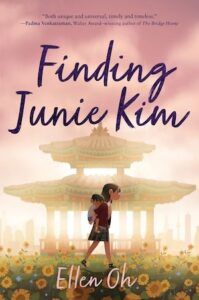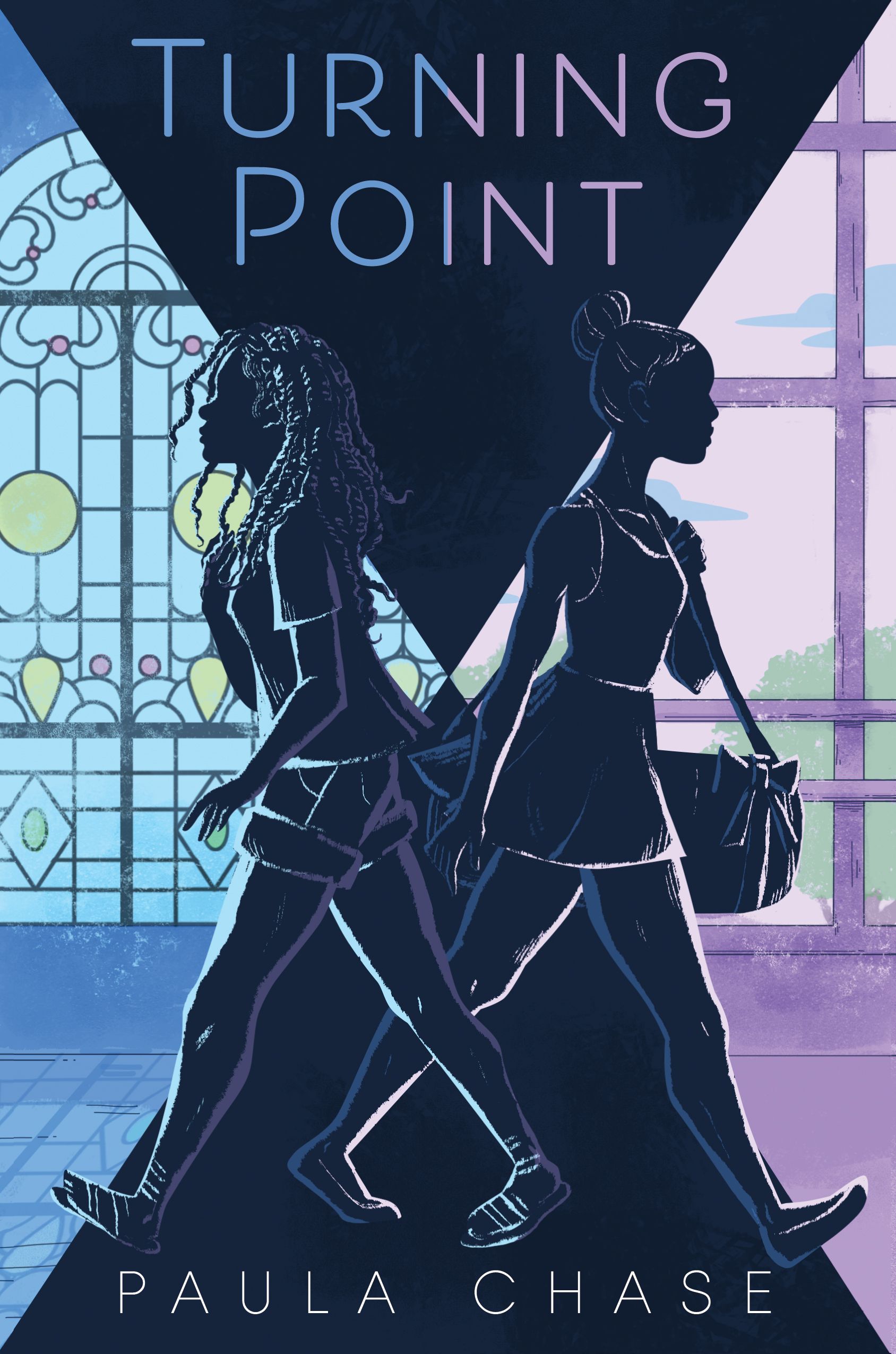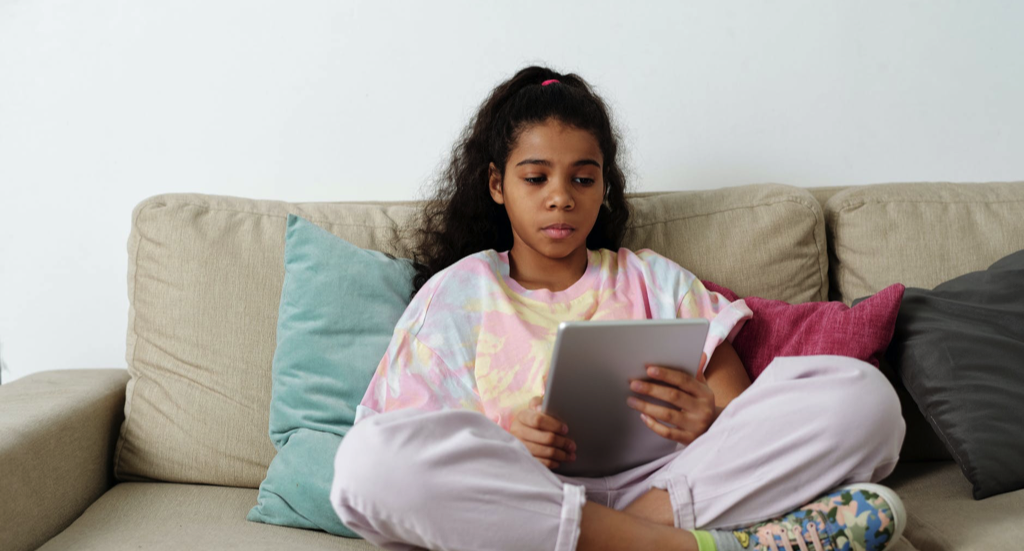
9 Antiracist Middle Grade Books: Tackling Tough Issues with Kids
It’s a difficult and scary time in the world right now in lots of highly visible ways, including constant news reports detailing attacks on people of color. Can reading antiracist middle grade books help? Many parents are wondering how to best address these issues with their children — or maybe even wondering if they should. The answer is yes. Keep conversations about race going with your kids, and make sure that they understand that there are things that they can do.
Supporting antiracist ideas should begin in childhood; in fact, a nuanced, well-written story can help with educating kids, because it provides context while maintaining interest. Also, antiracist middle grade books are especially rewarding for kids of color who usually have to translate their experiences from stories about white kids. These books give them something to relate to, and all kids deserve positive role models that reflect their experiences. If you want to learn more about why this is crucial, We Need Diverse Books is an important resource.
Racism, discrimination, and immigration are tackled with honesty and care in these books. Many are historical fiction, telling stories that took place during important moments of American history. While these characters experience struggle, they also form friendships and take part in activities that bring them joy. Ultimately, though, this is just a short list and if you want more antiracist middle grade books, you’ll find other titles here.
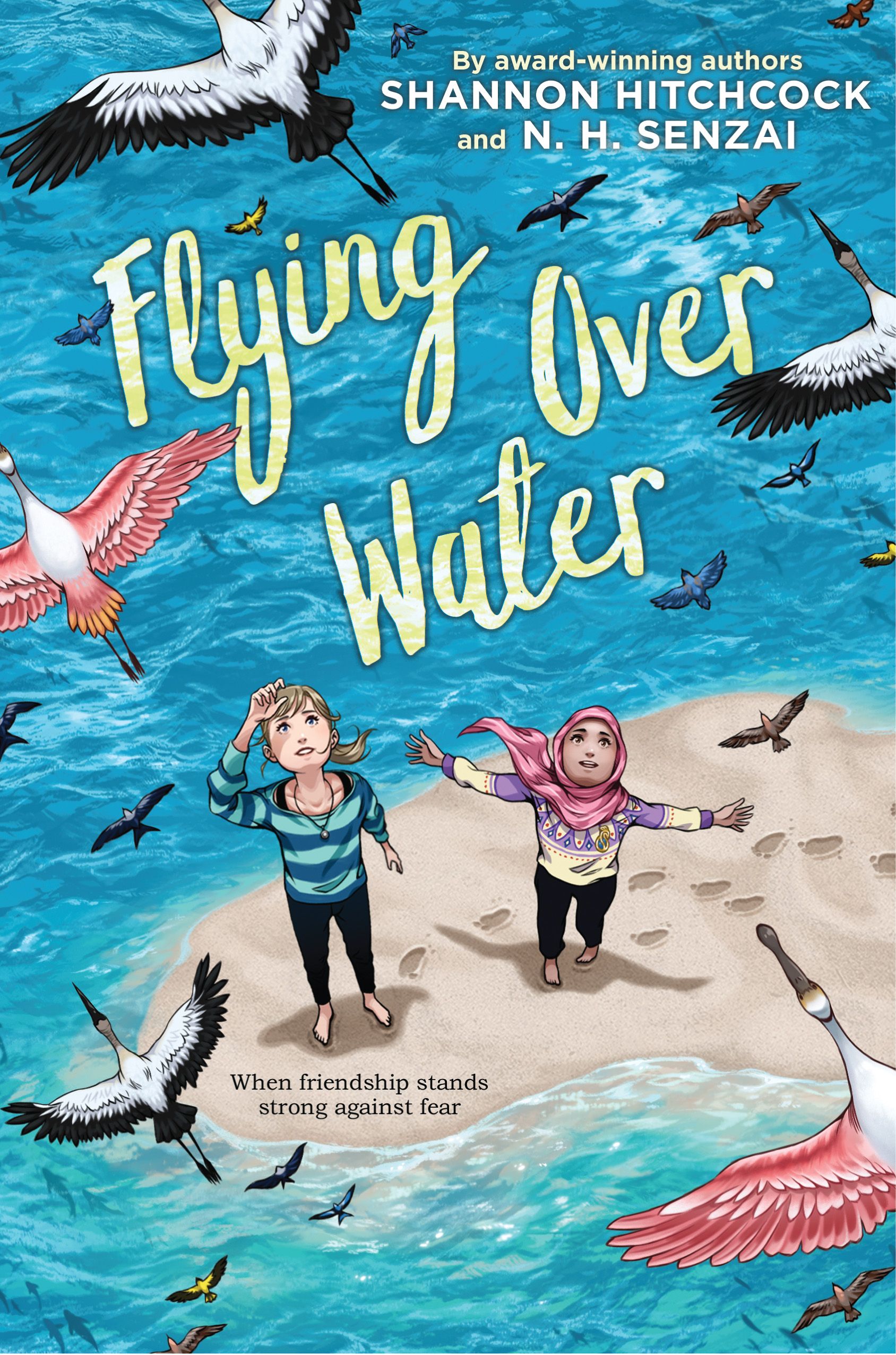
Flying Over Water by Shannon Hitchcock and N.H. Senzai
Noura is a refugee from Syria, newly settled in Florida and coping with typical new kid stress, as well as culture shock and Islamophobia. Paired with classmate Jordyn on a project, the two girls become friends. It doesn’t take long for Noura to learn that Jordyn has serious struggles of her own and they connect as they work through their issues together. Set soon after Trump’s Muslim Ban was announced, the story introduces important cultural themes such as what it means to be a refugee.
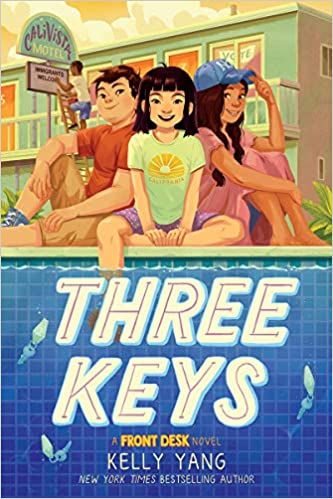
Three Keys by Kelly Yang (Front Desk #2)
In the sequel to Front Desk, Mia’s family now owns the Calivista Motel. Overall, things are going well, and Mia and her best friend Lupe are heading into 6th grade. Mia loves writing and is excited for English, until she realizes her racist teacher doesn’t care about how good of a writer she is. And Mia learns about Prop 187, a real-life 1994 ballot initiative that would ban children of illegal immigrants from access to public school and healthcare. While Mia’s family is in America legally, Lupe’s family isn’t, and the kids need to do something.
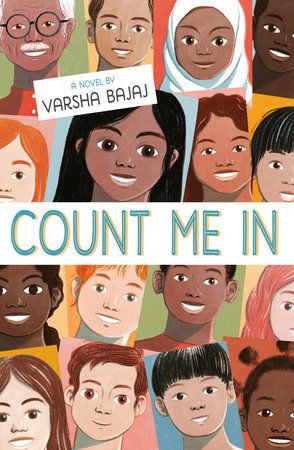
Count Me In by Varsha Bajaj
Karina Chopra has been avoiding Chris Daniels, her next door neighbor, for years. He’s friends with the boys from school who make fun of her, and she assumes he’s just like them. However, when her grandfather begins tutoring him, Karina realizes he is funnier and kinder than she thought. But one afternoon, she and her grandfather are attacked by a racist stranger and her grandfather is seriously injured. Karina and Chris decide to use social media to rally community about the attack, and so Karina publishes a post about it that goes viral. This inspires others to post about their own experiences and it takes off.
Turning Point by Paula Chase (So Done #3)
Sheeda and Mo are apart for the summer, and secrets are making the distance feel more vast. Mo is one of very few kids of color at ballet camp, and she’s increasingly aware of racial barriers to her success as a ballerina. While Sheeda is attempting to balance being a “good girl” with burgeoning interest in a boy; she has always followed the rules of her strict, super religious aunt, but it is getting more difficult. Told in the alternating perspectives of the two girls, this series addition is its own standalone story set in Chase’s So Done universe.
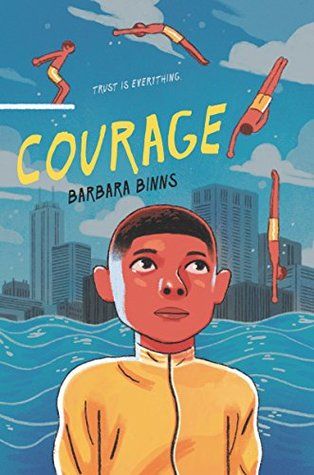
Courage by Barbara Binns
T’Shawn is excited when he’s offered a spot on a prestigious diving team at the local private swim club. Unfortunately, money has been tight since his father died, and joining the team will add to his mother’s expenses. Still, he works hard and is hopeful until he learns that his brother Lamont is going to be paroled, another family expense. He gets a scholarship though and things are looking up until crime begins increasing in the neighborhood. Is Lamont behind it?
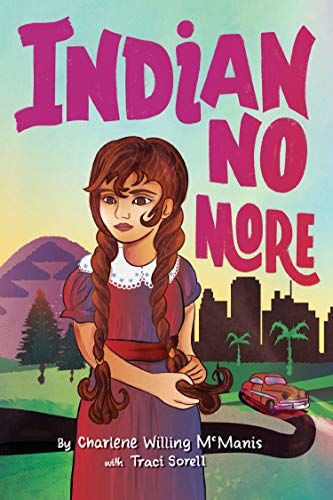
Indian No More by Charlene Willing McManis and Traci Sorrell
Set in 1957, when the US government enacted a law that the Umpqua Tribe didn’t exist anymore — legally terminating their existence. Regina’s family is Umpqua and they live on the Grand Ronde reservation in Oregon. When the new law is passed, however, they are forced to leave the only home they’ve ever had. Eventually, her father signs up for the Indian Relocation Act, and the family moves to Los Angeles for new opportunities. Regina needs to adapt to life outside the reservation for the first time.
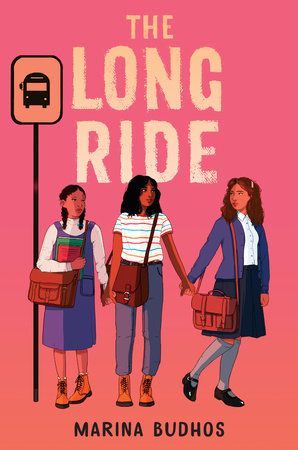
The Long Ride by Marina Tamar Budhos
Jamila, Josie, and Francesca are best friends. All three girls are mixed race, and their immigrant parents worked hard to settle in a neighborhood with really strong schools. Set in the 1970s, their school announces a new change as the girls head into 7th grade. Students will be bussed to a brand-new school built specifically to mix up the Black and white kids. Their parents aren’t happy, and Francesca’s parents send her to a private school instead. This shift makes everything change between them, as Jamila bonds with new friends, Josie experiences her first crush, and Francesca spends a lot of time rebelling.
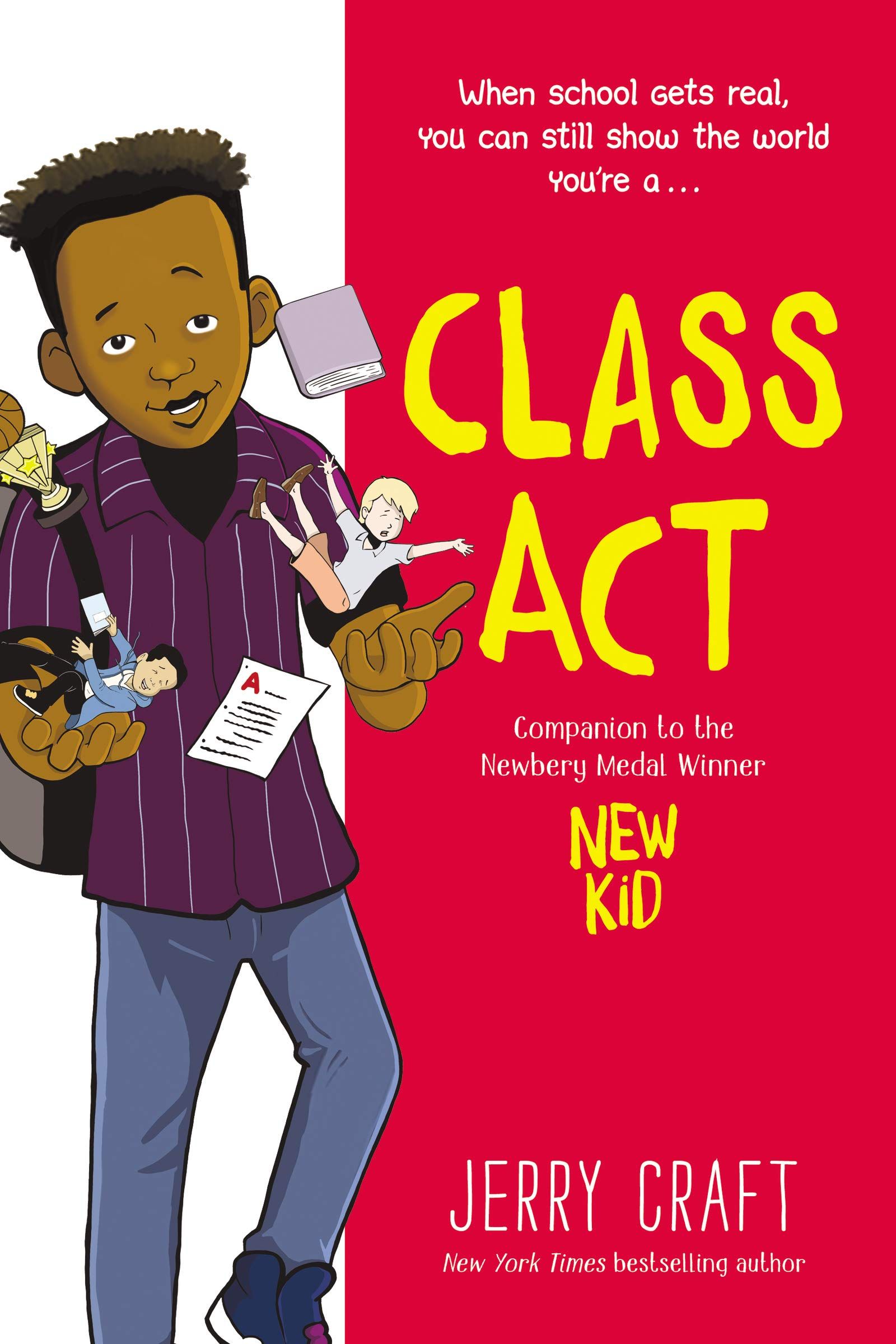
Class Act by Jerry Craft
This is the follow up to Craft’s graphic novel, New Kid. Drew finds it frustrating to be one of very few kids of color at his prestigious school; not only does he need to work harder, but he isn’t offered the same opportunities. Drew’s two closest friends are Jordan (the protagonist of New Kid) and Liam. Liam, who is white, is totally oblivious to the microaggressions and racism that his two best friends deal with everyday and wants to pretend that everything is fine. As tension mounts between Drew and Liam, Jordan tries to reunite them.
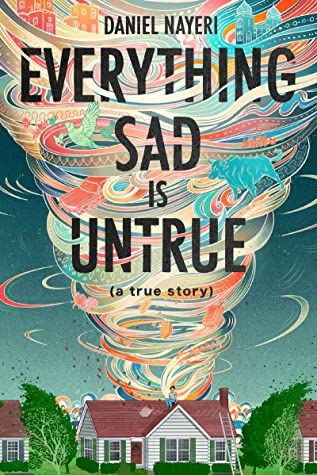
Everything Sad is Untrue by Daniel Nayeri
This is an all-to-mostly true story. After Khosrou’s mother converts to Christianity, his family flees Iran. Except his dad, for reasons he doesn’t understand. The vignettes follow his family’s move from Iran to Dubai to Oklahoma. Khosrou has to contend with an abusive step-father, ignorant classmates, and sudden poverty. Nayeri weaves Persian folktales into Khosrou’s story, and by the end readers get a realistic and sometimes heartbreaking account of life as an immigrant and refugee.
Writing about racism for a child audience isn’t easy, but is necessary. These experiences are a reality for many kids, and it’s important for everyone to read about relatable lives. Overall, these antiracist middle grade books are smart, heartfelt, and valuable additions to any collection.



